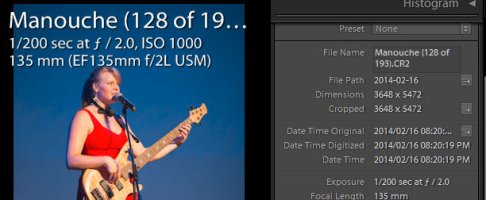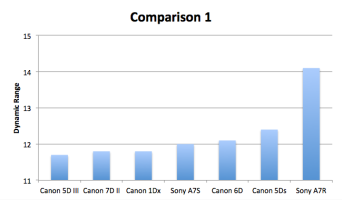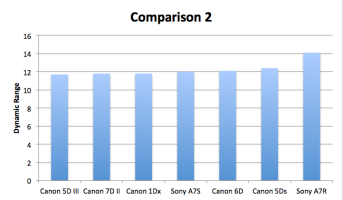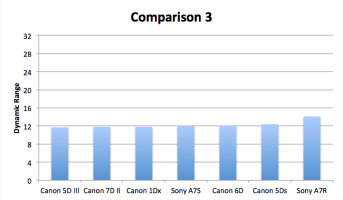bdunbar79 said:
Neutral said:
Do you really want to tell that 1dx or any other DSLR servo AF is able to track objects on the frame area where there is no focusing points ? If so then how it is done in the frame corner where here is no focusing points ?
Or you want to tell that 1DX has focusing points area covering the whole frame?
That all above (that it is possible to focus without focusing points) is really interesting and if true then this would be real revolution for DSLR focusing in normal mode ))) .
This would be dream for many people.
I am not talking about live view on 1DX which I find so much inconvenient and cubesome compared to a7s and a7r. Never use live view on 1DX. I am talking about normal DSLR shooting mode using mirror and separate AF sensor.
I have both Canon1DX and Sony a7 and can compare both and use each one for which it is suited better.
1DX and a7 complement each other very well for different situations.
It depends on what you mean by "no focusing points area." The actual AF sensor is much larger than the rectangle you see, so I have grabbed subjects well to the left or right of the outer points.
But if you mean in a true sense, true edge to true edge, then I can be on board with that. I would appreciate coverage out farther to the edge of the frame.
Definitely, I meant “true sense” - true edge to edge .
This was my dream for very long time to have AF sensor on my camera with AF points covering the whole frame – corner to corner. In addition, even more – MF camera (80-100) mpx with AF points covering the whole frame. This could make some sports photography disciplines much easier to shoot – easier to follow object.
I have no doubt that with 1DX you can get objects grabbed in the areas outside focusing points area but under some specific condition – if you already was locked on focus using one of focusing points and then system was tracking locked object . Or if the new object is entering the frame at the same distance with previously tracked object.
1DX is using intelligent AF tracking system to make AI Servo AF focus more accurate.
Intelligence means that AF does some object trajectory and speed predictions based on gathered tracking information so far. Therefore, it is possible to extrapolate object position and object speed for object leaving focusing points area.
What it is not possible to do with 1DX is to start focus on object from the corner or edge of the frame where there is no focusing points and continue to track it until next corner.
It is only possible to start AF tracking using one of the existing AF points and system in some conditions could predict (extrapolate) object position after it leaves focusing area with focusing points. More far extrapolation goes - more extrapolation error is accumulated.
Though A7S have much slower continuous AF than 1DX with dedicated AF sensor but it can grab object in AF lock box anywhere in the frame – even at corner, adjust AF box size to match the locked object size, and track this object across the frame up to the next corner. Like what you see on the jet fighter pilot weapon targeting system. He find the target, get it locked in the tracking box and system follows the target. Then when pilot find the best moment he presses shoot button.
With fast technology evolution, these technologies are now coming to the consumer market. Hope that soon we will see some significant progress on this in the FF ML cameras. It is only matter of sensor technology, sensor read speed, onboard processing power, and use of more sophisticated AF algorithms enabled by more onboard processing power in camera. Mirror and separate AF sensor will become obsolete when ML AF speed will match dedicated AF speed on DSLRs. ML is the future coming in reality now..




